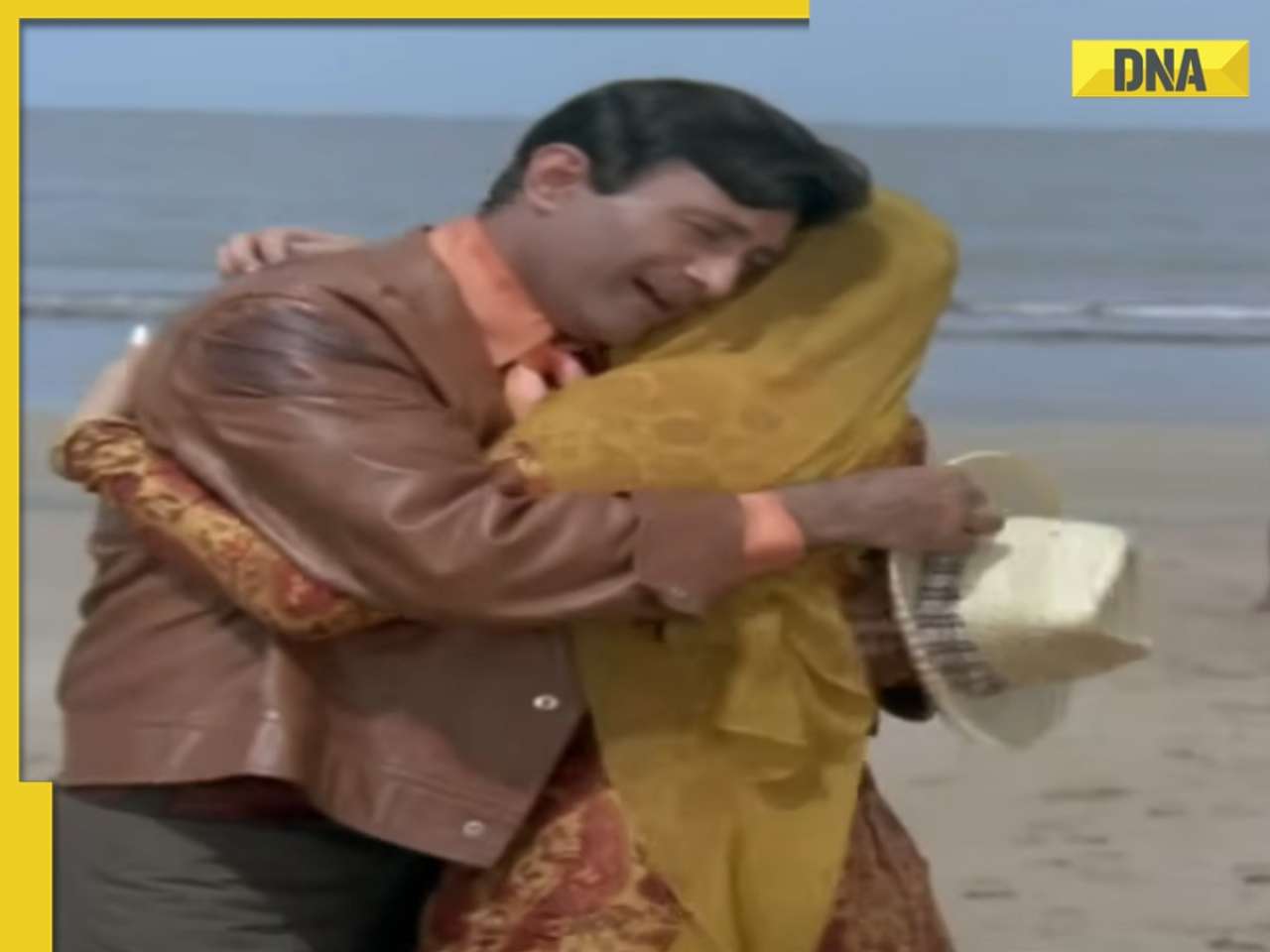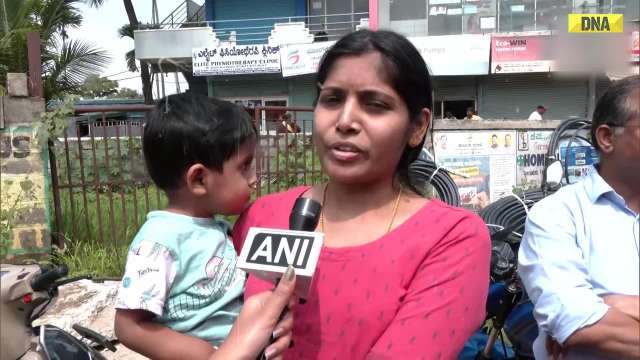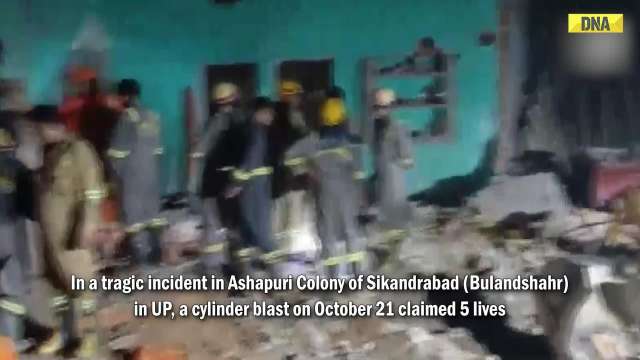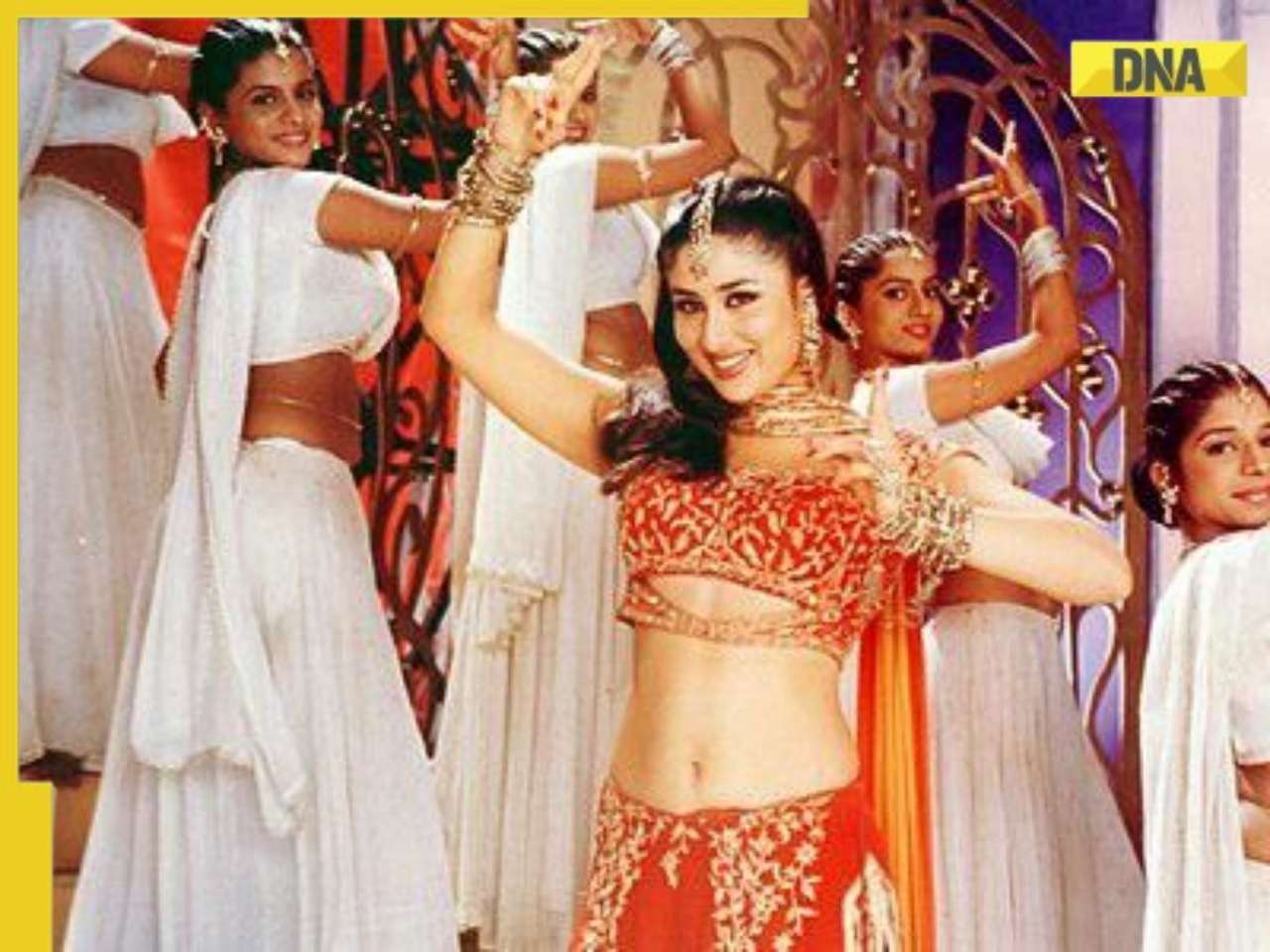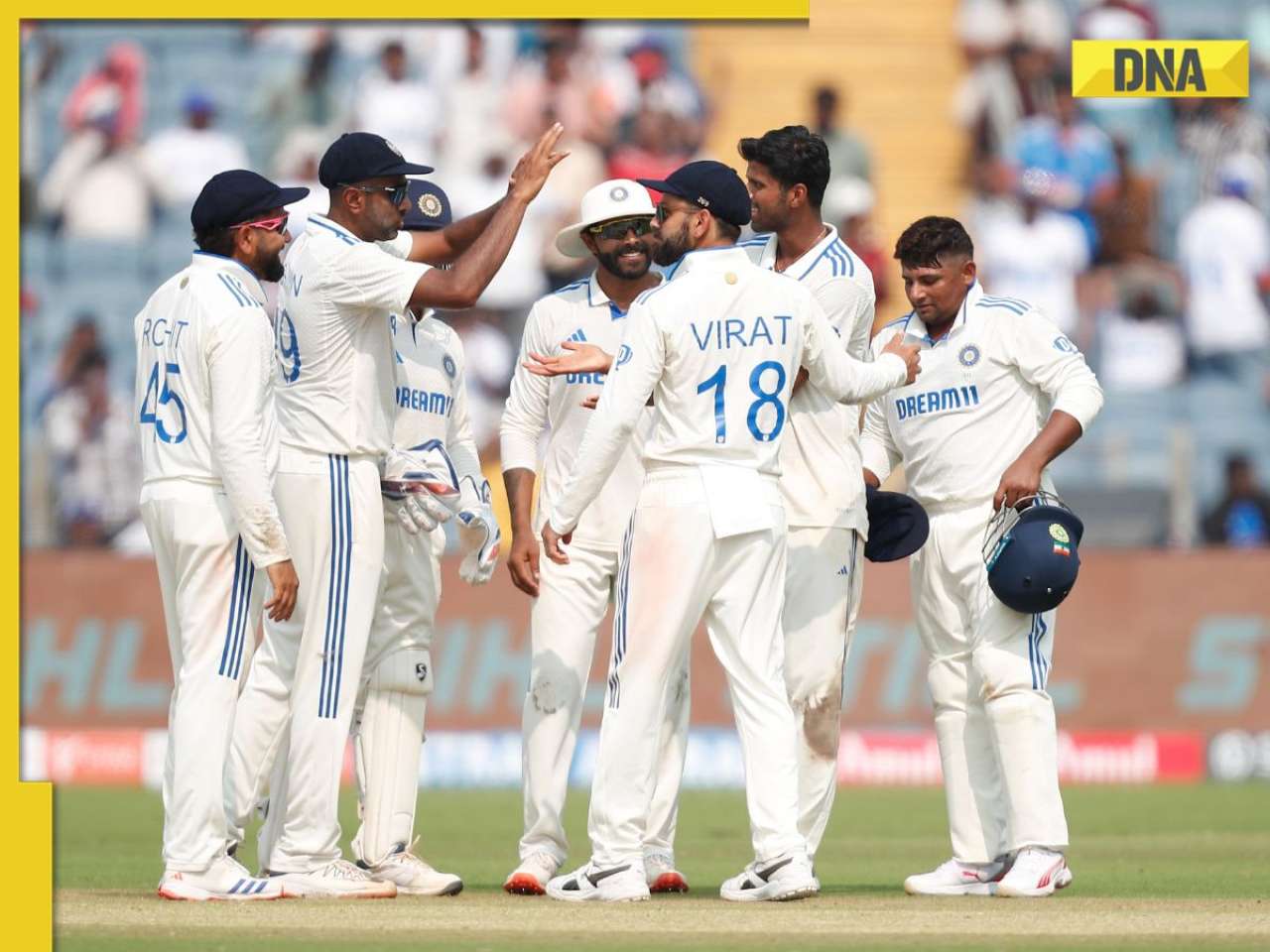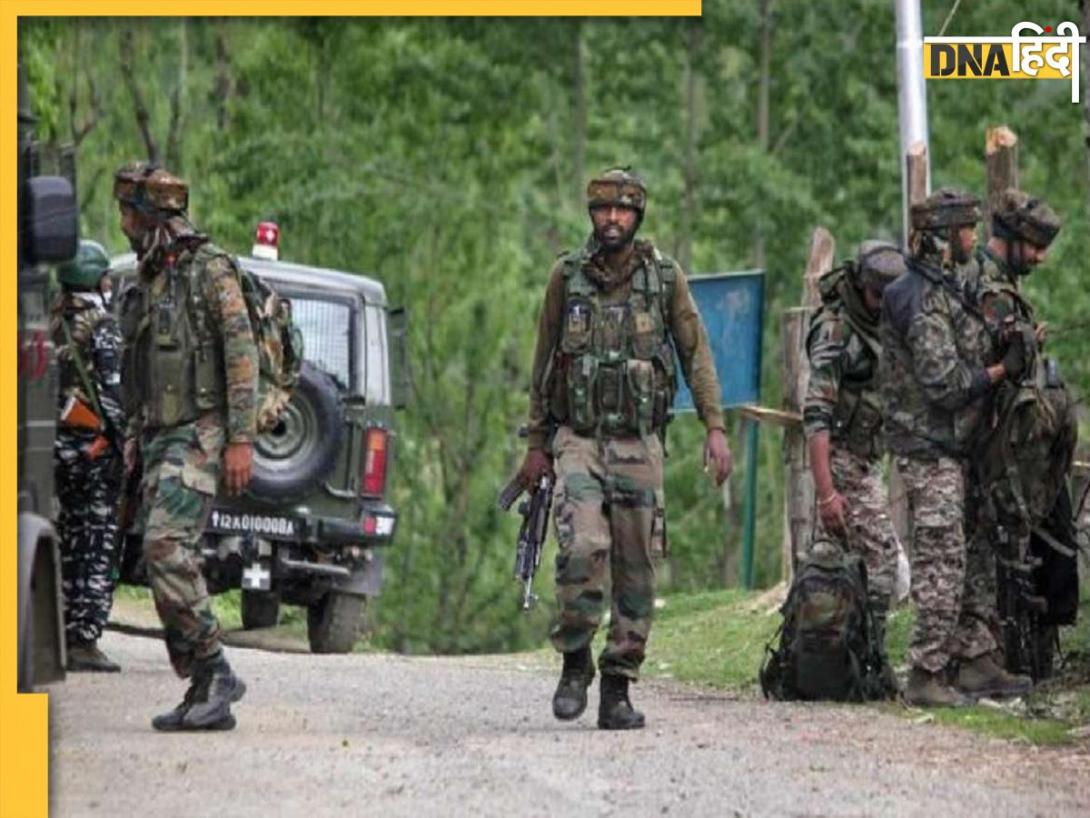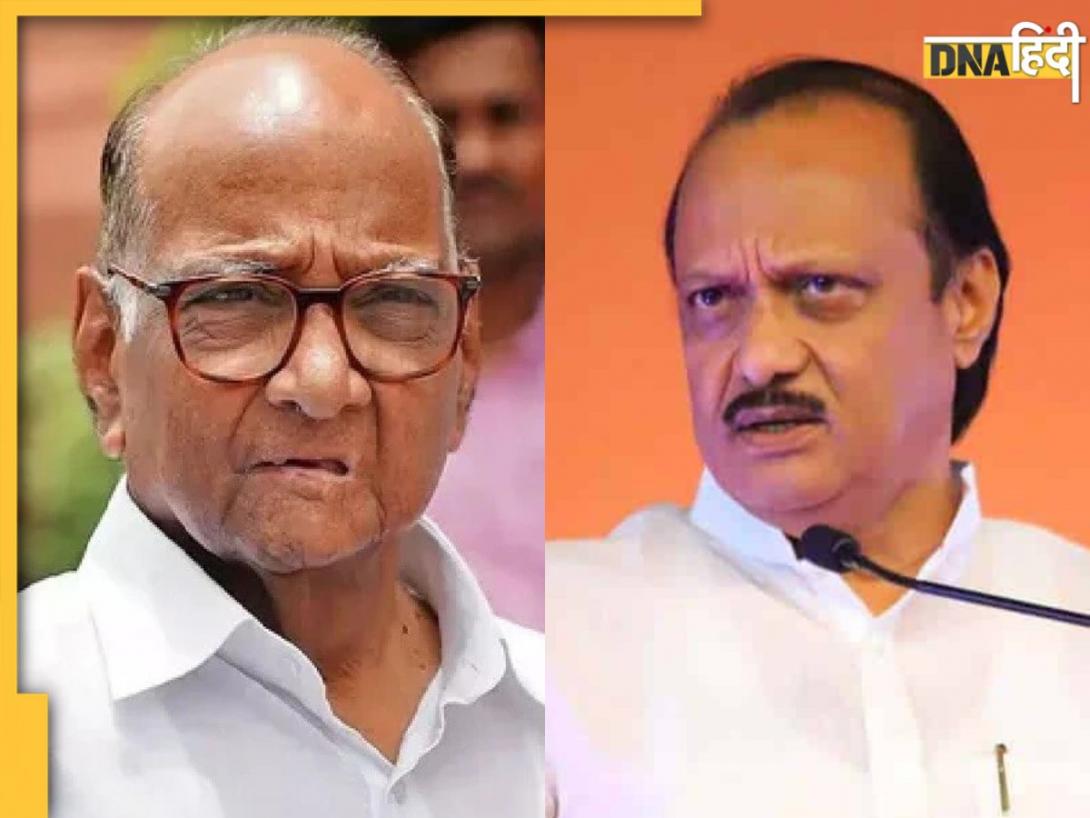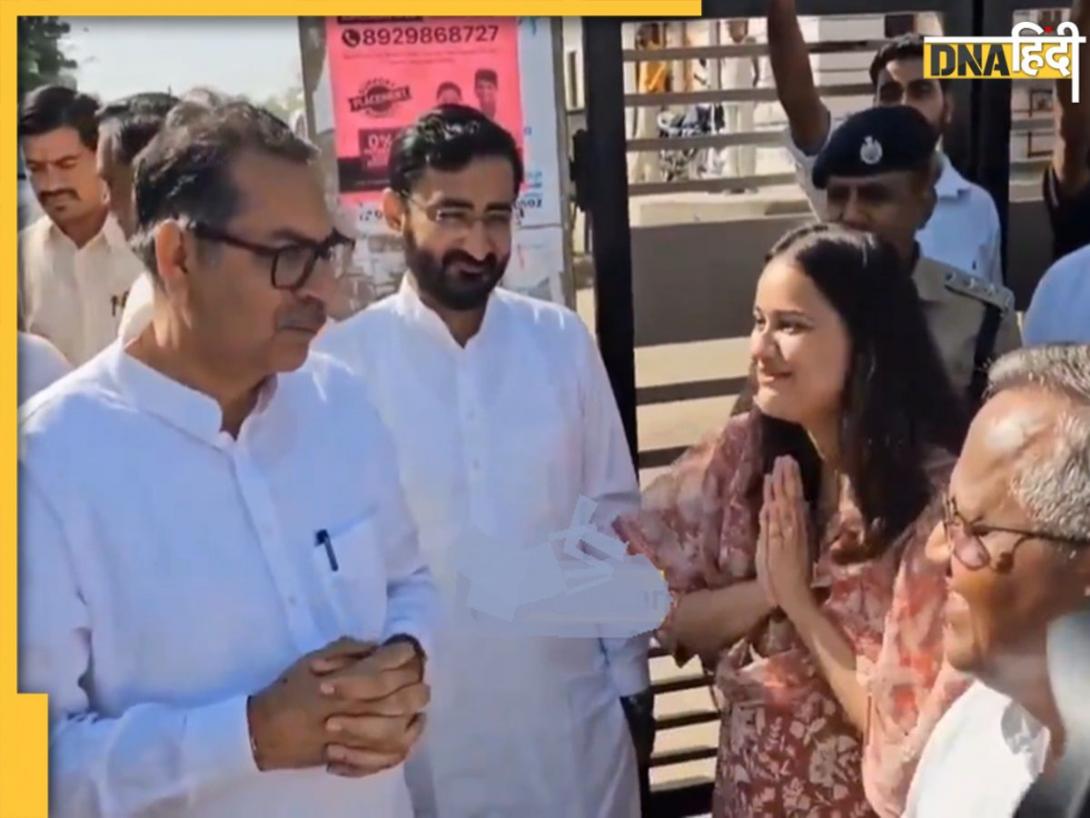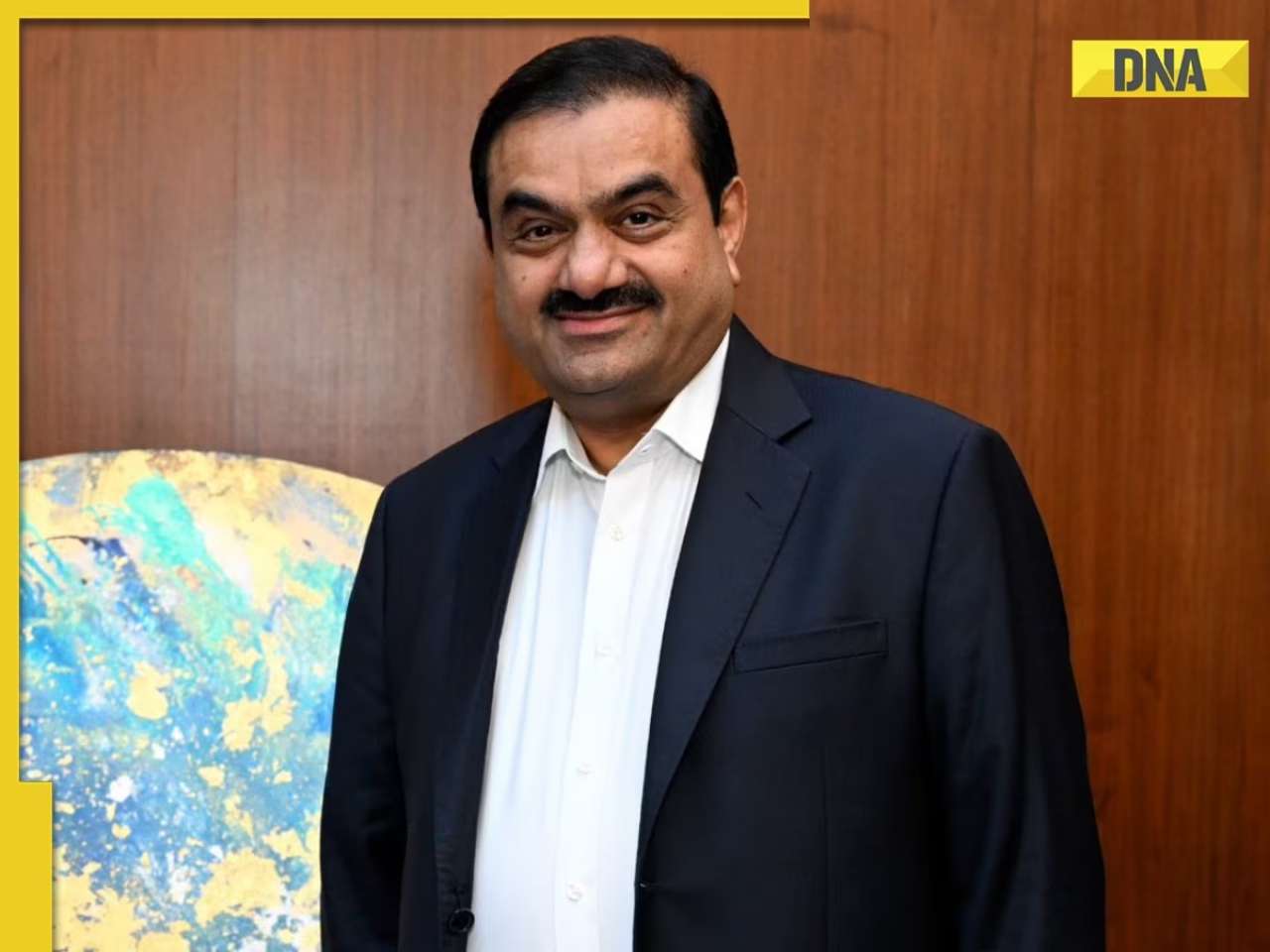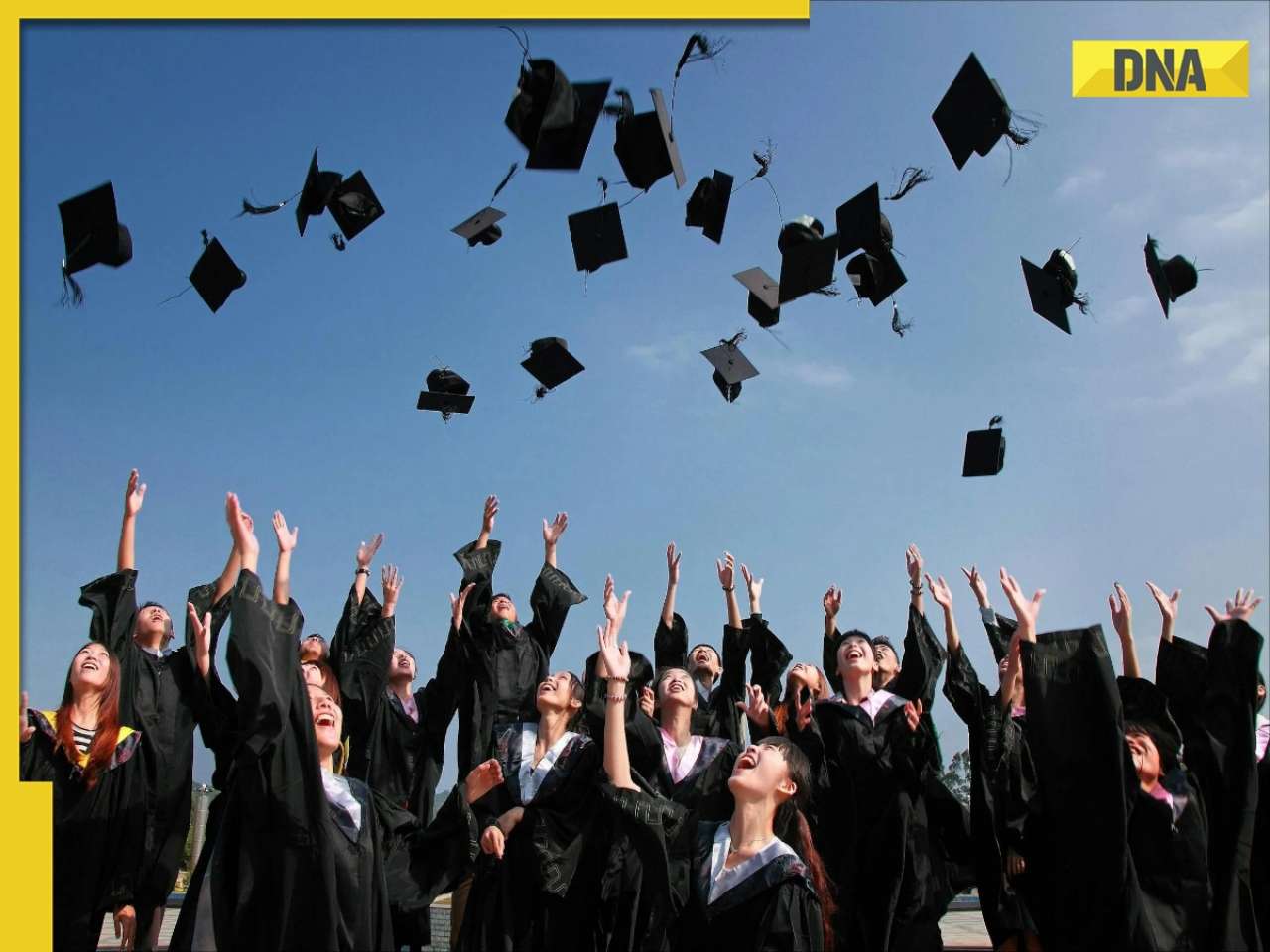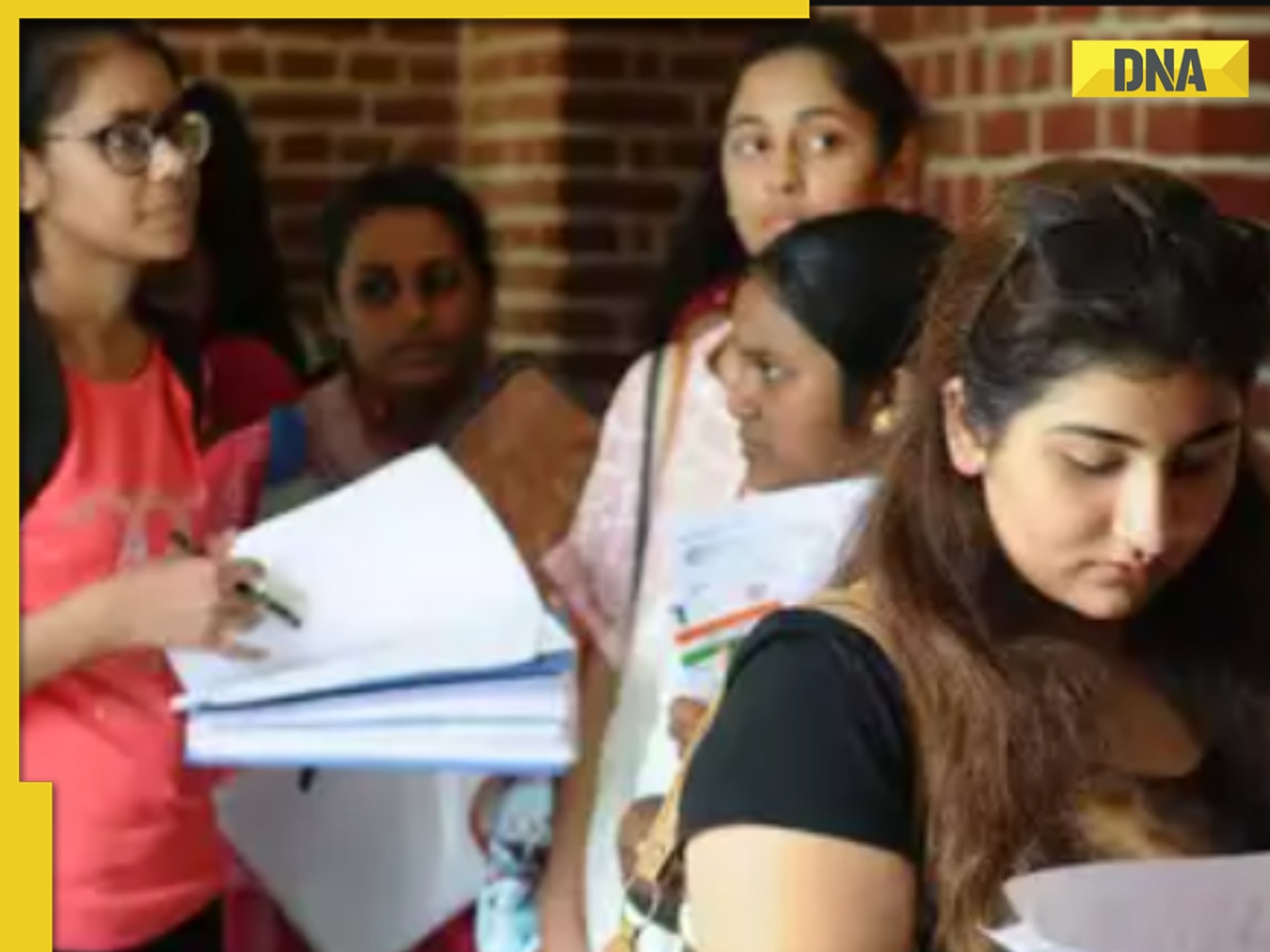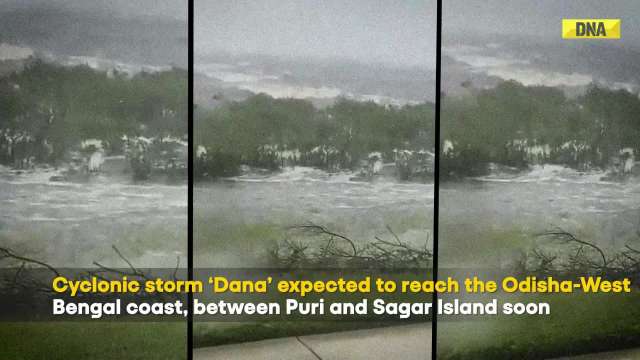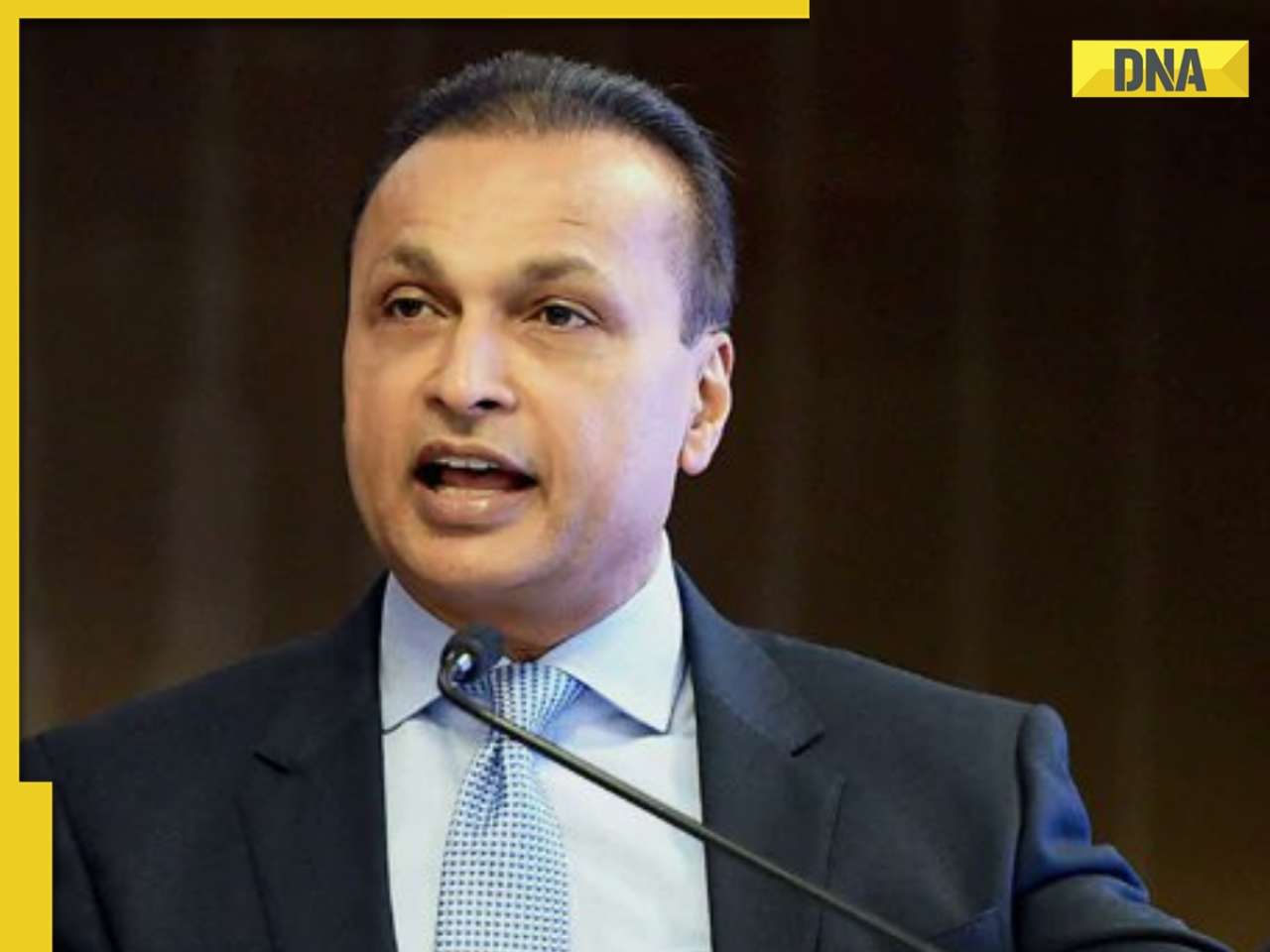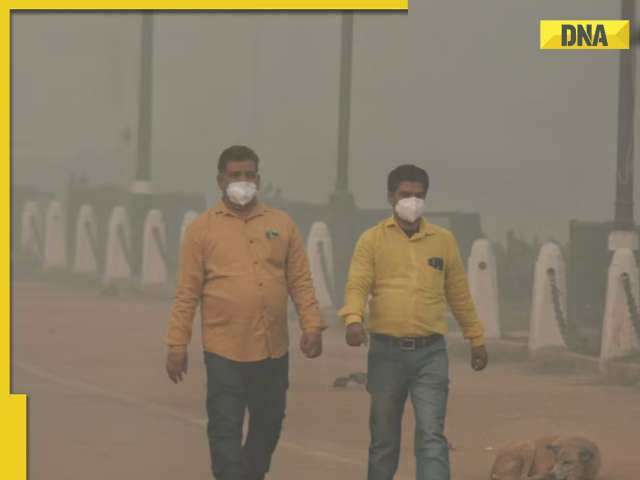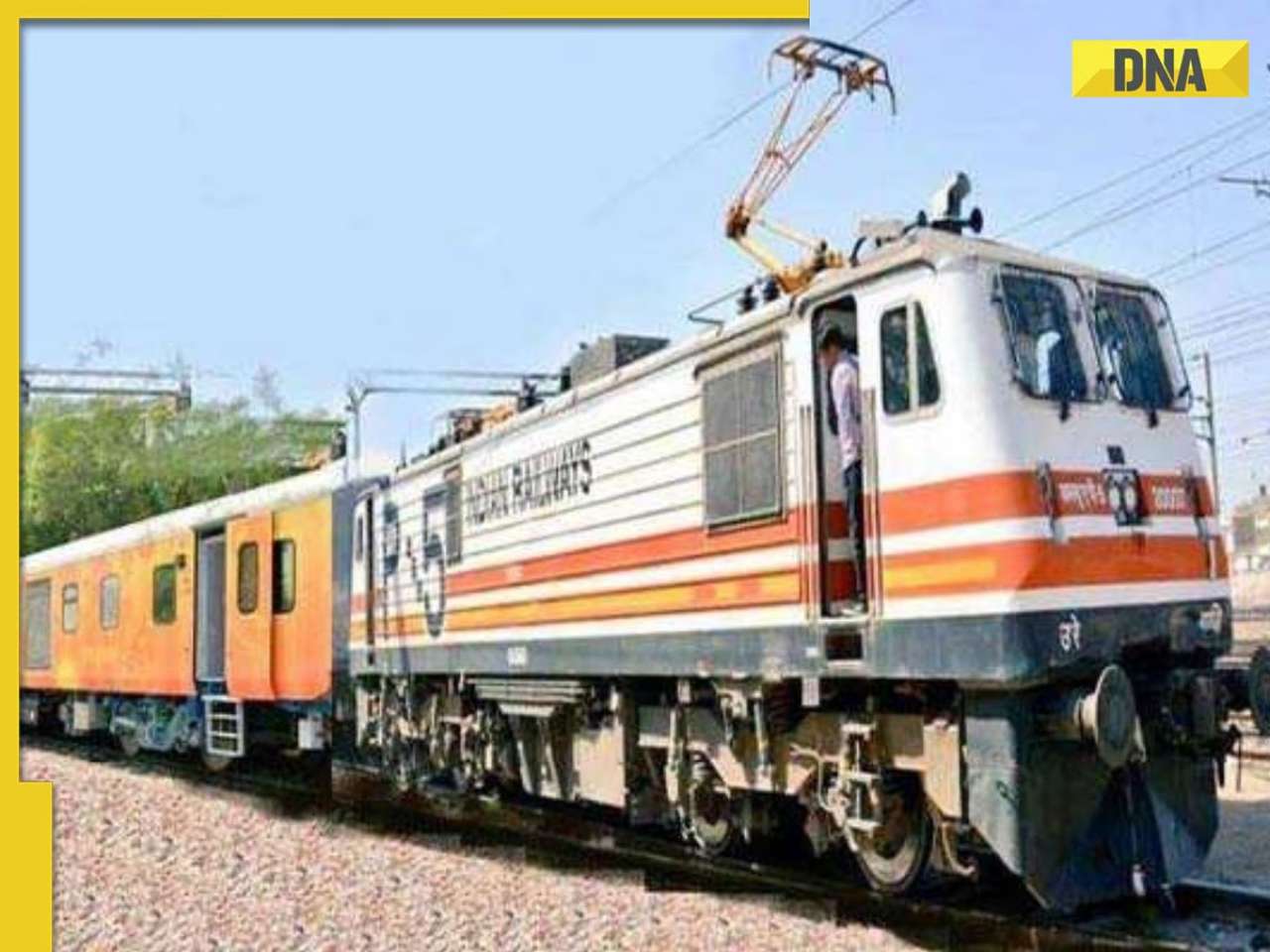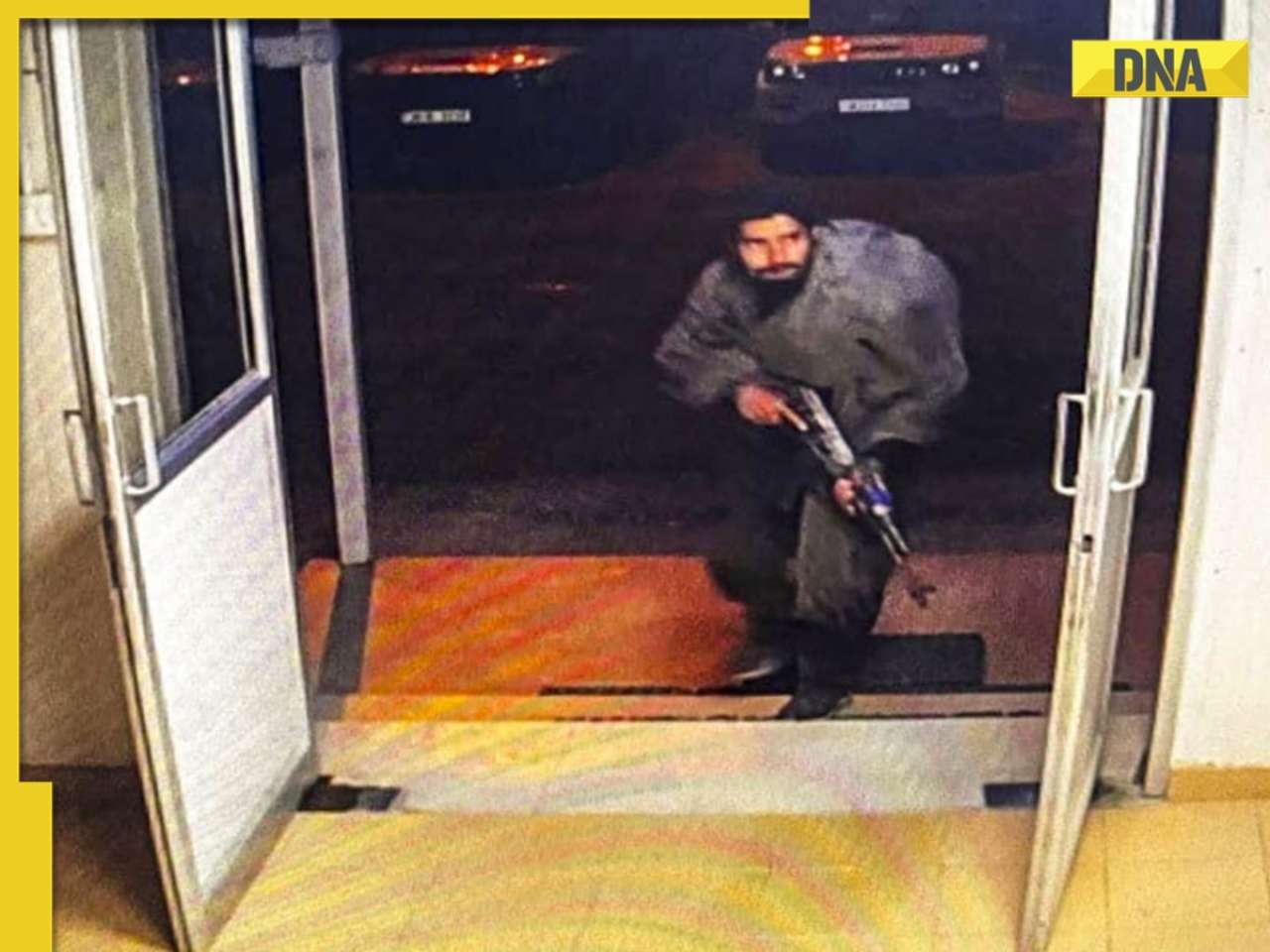- LATEST
- WEBSTORY
- TRENDING
AHMEDABAD
ASER shocker: 2 out of 3 class VIII students don’t know division in Gujarat
13th Annual Status of Education Report finds Gujarat students lagging even in basic learning
TRENDING NOW
Nearly 65 per cent Class 8 students of government and private schools in Gujarat cannot do division, states the 13th Annual Status of Education Report (ASER), which was released on Tuesday. ASER is the largest annual household survey in rural India that focusses on the status of children’s schooling and basic learning.
Children in the age group 3-16 are surveyed to find out their enrolment status in school or pre-school whereas children in the age group 5-16 are assessed one-on-one to understand their basic reading and arithmetic abilities.
While the state has recorded an increase in the enrolment for the age group 6-14, 98.2 per cent in 2018 as against 96.9 per cent in 2014, there are some areas which need focus. Not just class eight students, 79.9 per cent of Class 5 students cannot do division.
Facilitated by Pratham, the survey is carried out by volunteers from local partner organisations in almost all rural districts of India. The survey was carried out in 17,730 villages, covering 3,54,944 households and 5,46,521 children in the age group 3-16. In Gujarat, the survey reached 779 villages, covering 15,551 households and 18,650 children in the age group 3-16.
There is a massive drop in number of Class eight students of both government and private schools who can read Class two level of text. As against 80.9 per cent in 2012, only 73.7 per cent students can read Class two level of text. Nearly 70 per cent of class three students could not read class two level text. Whereas 75 per cent students of class three could not do subtraction.
In terms of seating capacity in classes, schools in Gujarat have shown improvement. As against 89 per cent of schools found in 2016 where Class 2 children were observed sitting with one or more other classes, 2018 recorded only 71.4 per cent of such schools.
Nationally, the proportion of children in Class three who can read Class two level text has gone up slightly, from 23.6 per cent in 2014 to 27.2 per cent in 2018. In Gujarat, this figure has increased from 21.6 per cent in 2016 to 32.3 per cent in 2018 in government schools.
However, reading levels pan India in Class 8 for all schools, who can read Class 2 level text show a slight decline since 2014 from 74.6 per cent in 2014 to 72.8 per cent in 2018. In Gujarat, there is a downward trend in all schools, i.e. 77.6 per cent in 2014 to 73.2 per cent in 2018.
To understand basic knowledge, children in the age group 14-16 were given a few tasks which required calculations to be done in everyday contexts. They were asked to calculate time, compute how many tablets would be required to purify water (application of unitary method), figure out where to buy books, given two different price lists to understand financial decision making and compute a discount.
In basic arithmetic too, girls performed better than boys. 39.1 per cent of all girls in the age group 14-16 could correctly solve a division problem as compared to 38.9 per cent of all boys.
Only 22.7 per cent of the children could decide correctly regarding purchase of books and only 15.4 per cent could compute discount.
LEARNING THE HARD WAY
Facilitated by Pratham, survey is carried out by volunteers in almost all rural districts of India
KEY FINDINGS
- For class 5, only 18.4 per cent children in government schools and 34.2 per cent in private schools in 2018 were able to do division
- Decline of 4.4% in reading levels of Class 8 students, who can read Class 2 level texts
- Number of class 3 students, who can read class 2 level texts has gone up by 10.6 per cent
- Only 35.6% of class 8 students could solve a 3-digit by 1-digit numerical division sum correctly
- For class 3, an increase of 6% for those who could do a two-digit subtraction, this year
- Government school enrolment goes up from 79.2 per cent in 2014 to 84.4 per cent in 2018
- Enrolment for the age group 15-16 has also improved for both boys and girls, rising from 77 per cent in 2014 to 80.2 per cent in 2018
A PEEK INTO THE STUDY
- 779 – Villages covered
- 18,650 – children in the age group of 3-16
- 15,551 – households covered
IMPROVEMENT IN PHYSICAL INFRASTRUCTURE
- As part of the survey, surveyors visited 644 government schools with primary sections. Of these, 105 were primary schools and 539 were upper primary schools
- Substantial improvement in sanitation as schools with usable girls toilets increased from 49.9 per cent in 2010 to 87.4 per cent in 2018
- Drinking water facilities increased from 79.4 per cent in 2010 to 88 per cent in 2018







)
)
)
)
)
)
)
)
)
)
)
)
)
)
)
)








